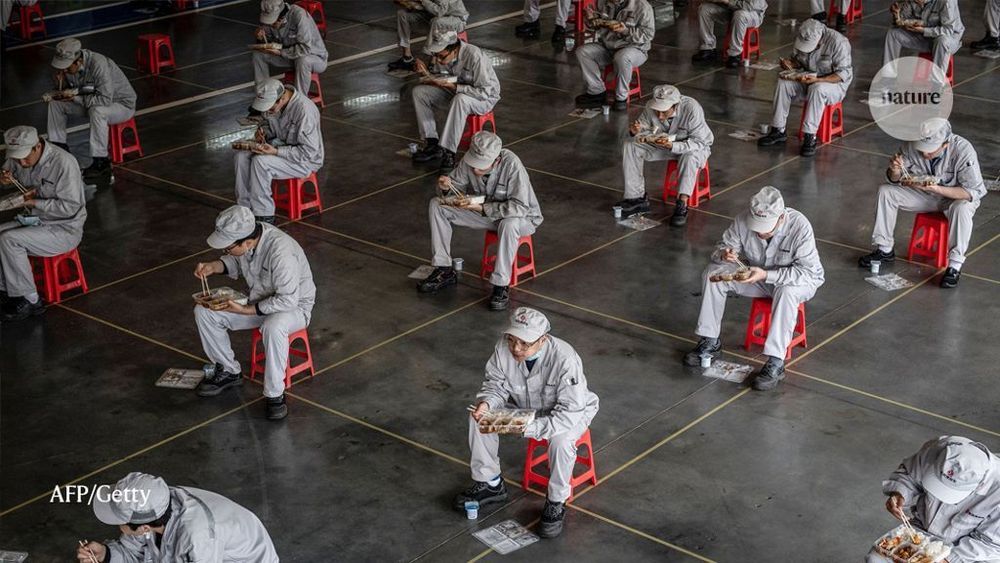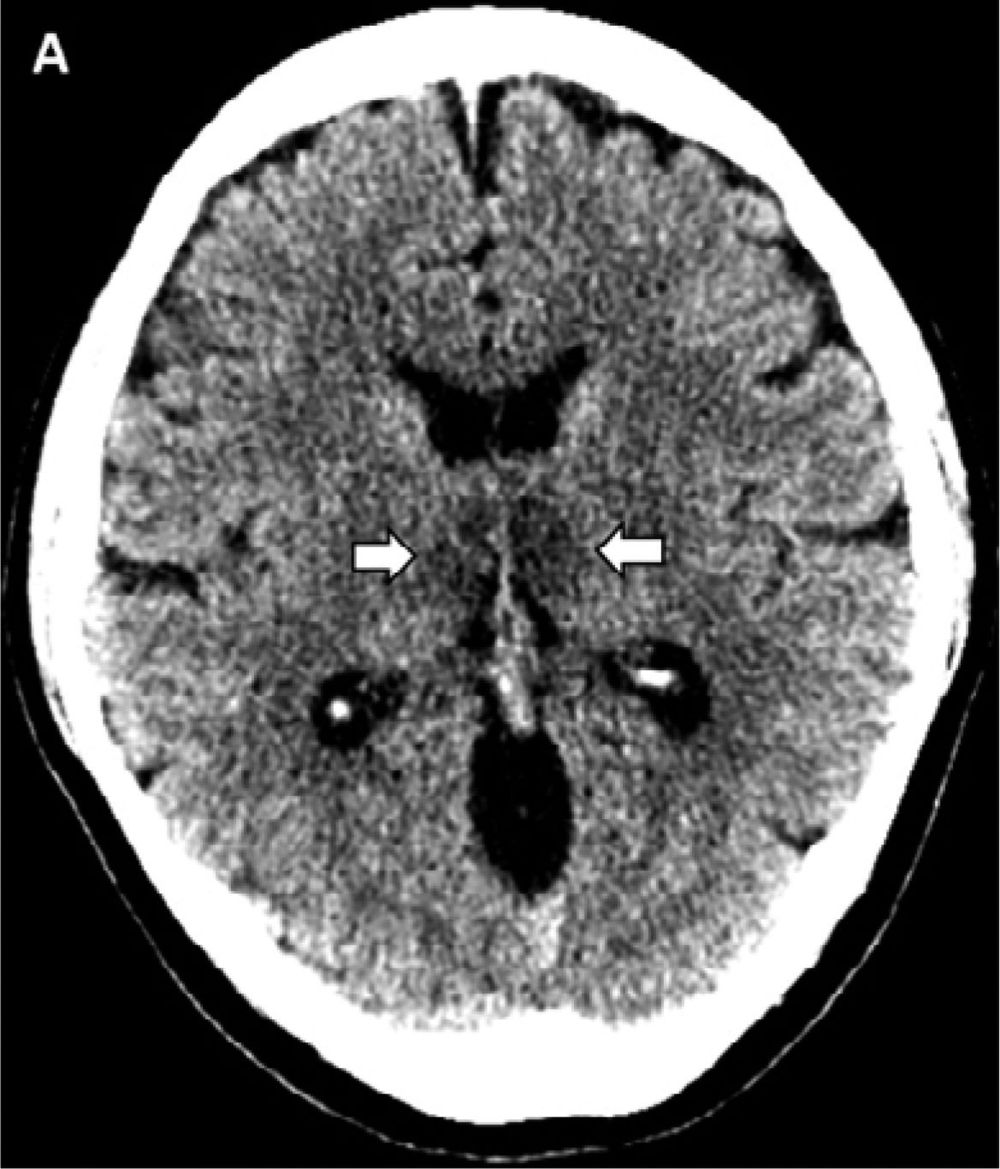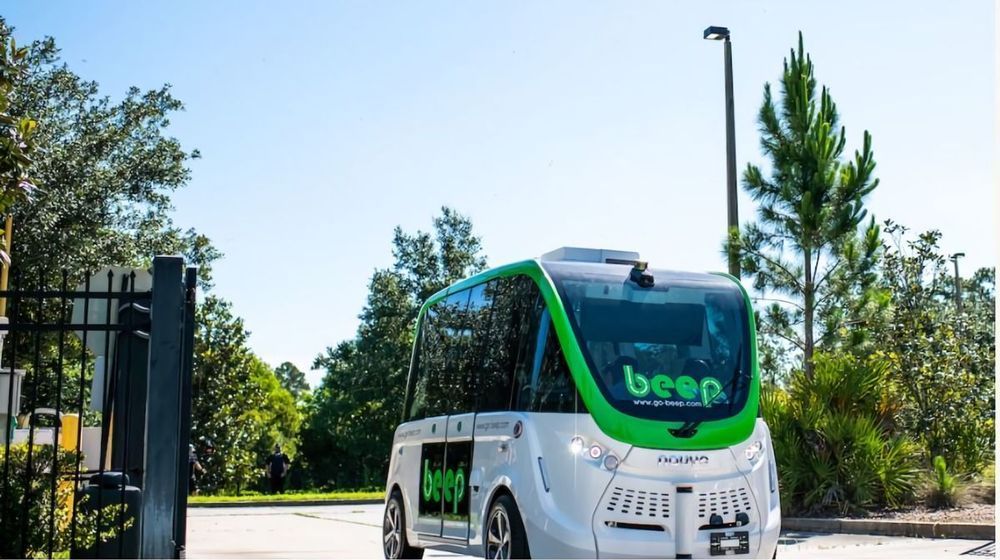Apr 3, 2020
5G coronavirus conspiracists BURNING phone masts amid bizarre claim ‘radiation’ sparked killer bug
Posted by Tracy R. Atkins in categories: biotech/medical, health, internet, mobile phones
🤦🏻♂️🤦🏻♂️🤦🏻♂️
CONSPIRACY nuts are reportedly setting phone masts alight and targeting engineers after a bizarre claim 5G “radiation” caused the deadly coronavirus spread.
The theory originated last month after a video filmed at a US health conference claimed Africa was not as affected by the disease because it is “not a 5G region”.

















